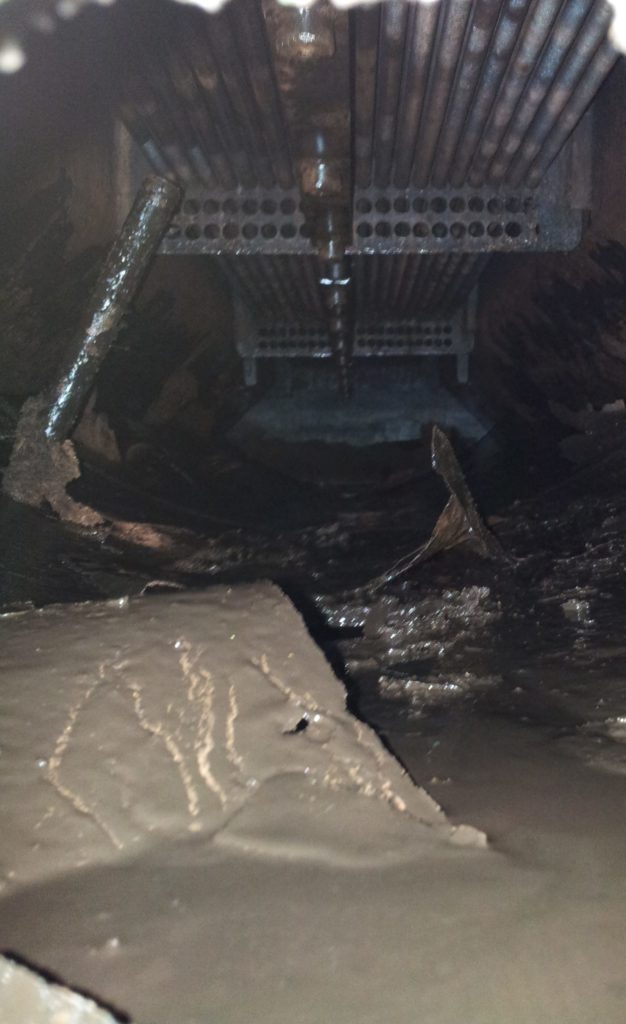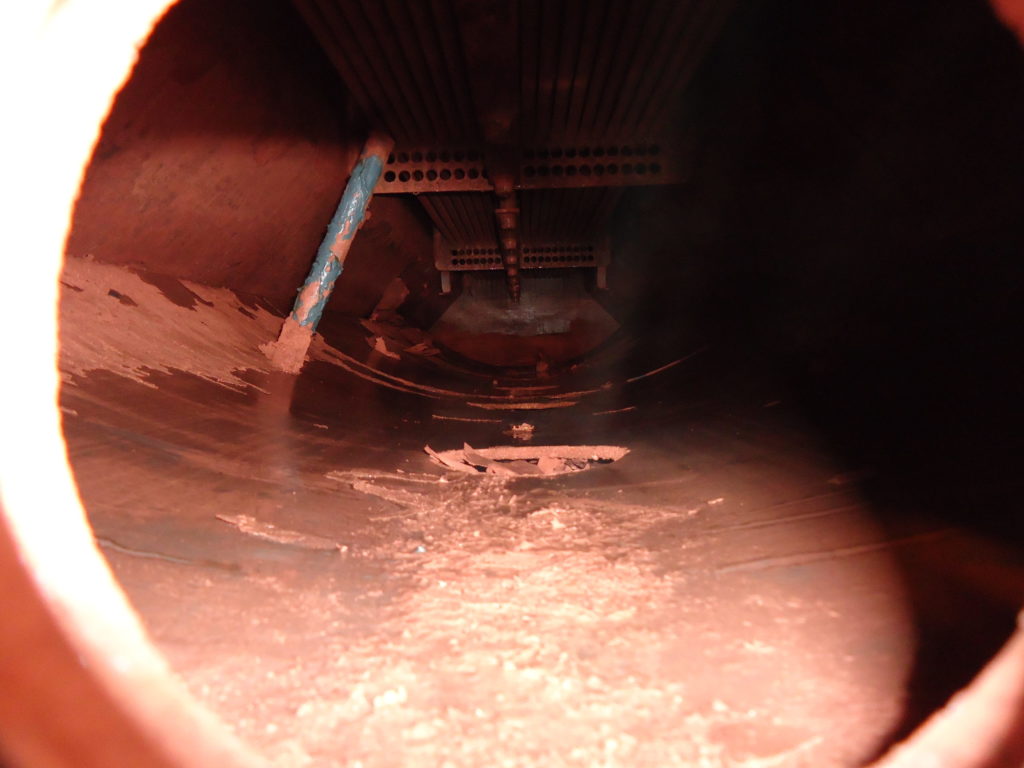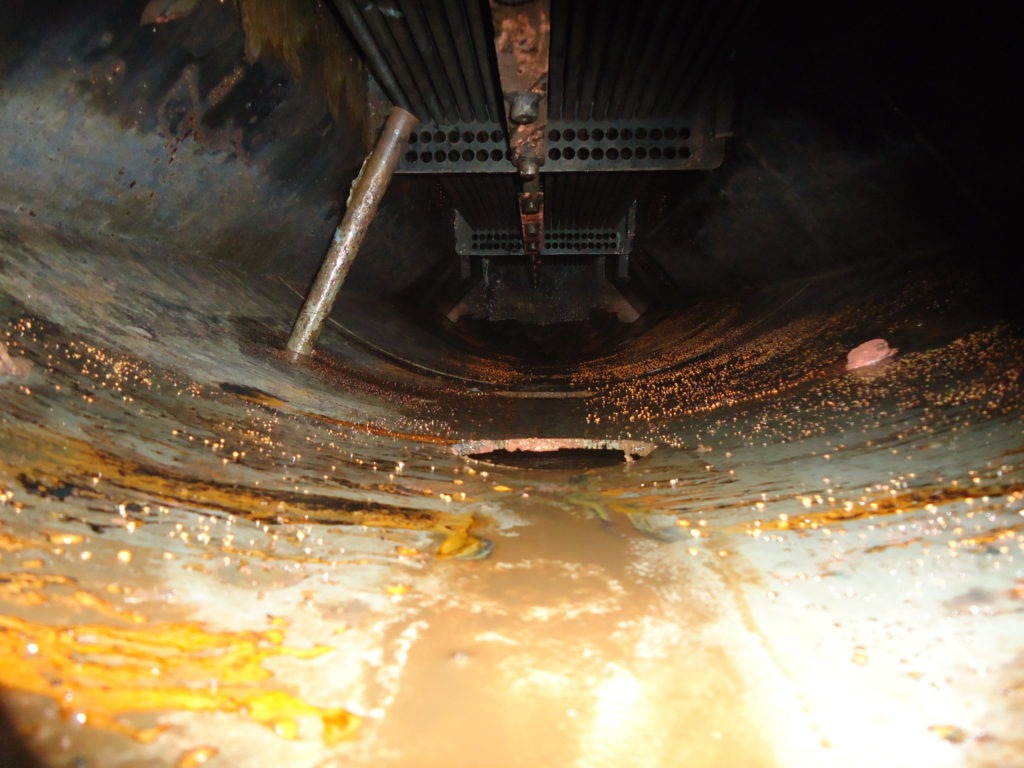Internal corrosion is a significant issue in absorption chillers and heat pumps. When it comes to lithium bromide (LiBr), understanding its corrosive effects is crucial for maintaining the integrity and safety of systems, especially in absorption chillers and heat pumps.
Causes of Lithium Bromide Corrosion
Lithium bromide corrosion occurs due to several factors, including:
- Chemical Reactions: Lithium bromide solutions can cause severe corrosion in metals, particularly carbon steels and copper. The presence of air increases the ionic strength of the solution, enhancing electrochemical reactions that lead to corrosion.
- Environmental Conditions: Factors such as temperature and pH levels significantly influence the rate of corrosion. Higher temperatures and lower pH values (more acidic conditions) can exacerbate the corrosive effects of LiBr.
- Concentration of LiBr: The concentration of lithium bromide in the solution can affect the rate and severity of corrosion. Higher concentrations can lead to increased corrosion rates and the formation of unwanted by-products.



Effects of Lithium Bromide Corrosion
The consequences of lithium bromide corrosion can be severe, including:
- Material Degradation: Corrosion weakens the material, leading to potential leaks and failures in absorption chillers and heat pumps.
- Economic Impact: Repairing and replacing corroded components can be costly.
- Safety Hazards: Corroded components pose significant safety risks, including the potential for hazardous leaks and environmental contamination.
Prevention and Mitigation Strategies
To combat lithium bromide corrosion, several strategies can be employed:
- Material Selection: Choosing corrosion-resistant materials, such as certain stainless steels, can reduce the risk of LiBr-induced corrosion.
- Protective Coatings: Applying coatings to the internal surfaces of components can provide a barrier against corrosive agents.
- Corrosion Inhibitors: Adding chemical inhibitors to the LiBr solution can slow down or prevent corrosive reactions.
- Regular Maintenance and Monitoring: Implementing routine inspections and maintenance schedules can help detect early signs of corrosion and address them promptly.
Conclusion
Lithium bromide corrosion is a complex issue that requires a comprehensive understanding of its causes and effects. By implementing effective prevention and mitigation strategies, industries can protect their infrastructure, reduce costs, and ensure safety.
